| |||||
| Decades: | |||||
|---|---|---|---|---|---|
| See also: | Other events of 1829 History of China • Timeline • Years | ||||
Events from the year 1829 in China .
| |||||
| Decades: | |||||
|---|---|---|---|---|---|
| See also: | Other events of 1829 History of China • Timeline • Years | ||||
Events from the year 1829 in China .

Mizhou or Mi Prefecture was a zhou (prefecture) in imperial China in modern southeastern Shandong, China. It existed (intermittently) from 585 until 1368 upon the foundation of the Ming dynasty.
Yuezhou or Yue Prefecture was a zhou (prefecture) in imperial China in modern Hunan, China, centering on modern Yueyang.

Yuezhou or Yue Prefecture was a zhou (prefecture) in imperial China in modern Zhejiang, China, centering on modern Shaoxing. It existed (intermittently) from 605 until 1131, when it became Shaoxing Prefecture.

Huazhou or Hua Prefecture was a zhou (prefecture) in imperial China seated in modern Hua County, Henan, China. It existed (intermittently) from 596 to 1374. Through history it was also known by other names, including Yan Prefecture (606–607), Dong Commandery (607–618) and Lingchang Commandery (742–758).

Huazhou or Hua Prefecture was a zhou (prefecture) in imperial China seated in modern Hua County, Shaanxi, China. It existed (intermittently) from 554 to 1913. Through history it was also known by other names, including Tai Prefecture, Huayin Commandery (742–758) and Dexing Prefecture (897–900).
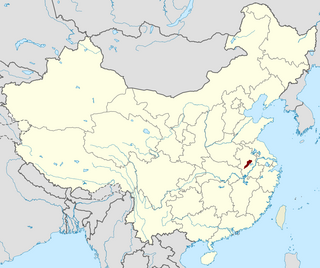
Luzhou or Lu Prefecture was a zhou (prefecture) in imperial China centering on modern Hefei, Anhui, China. It existed (intermittently) from 581 to 1277.
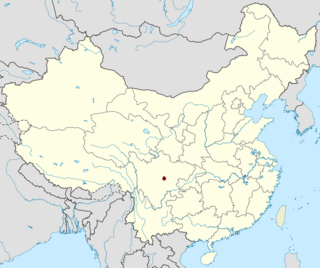
Qiongzhou or Qiong Prefecture was a zhou (prefecture) in imperial China seated in modern Qionglai City in Sichuan, China. It existed (intermittently) from the 6th century to 1913. Between 742 and 758 it was known as Linqiong Commandery.
Baizhou or Bai Prefecture was a zhou (prefecture) in imperial China in modern southern Guangxi, China. It existed intermittently from 623 to 1136, and between 742 and 758 it was known as Nanchang Commandery.
Bozhou or Bo Prefecture was a zhou (prefecture) in imperial China, centering on modern Liaocheng, Shandong, China. It existed (intermittently) from 596 until 1267.

Zhengzhou or Zheng Prefecture was a zhou (prefecture) in imperial China centering on modern Zhengzhou, Henan, China. It existed (intermittently) from 583 until 1913 after the foundation of the Republic.
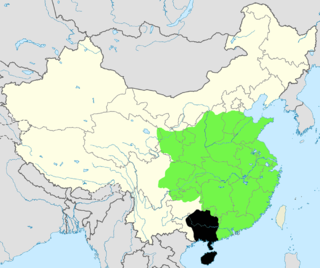
Guangnan West Circuit or Guangnan West Province was one of the major circuits during the Song dynasty. Its administrative area corresponds to roughly the modern provinces of Guangxi and Hainan, as well as the western part of Guangdong.
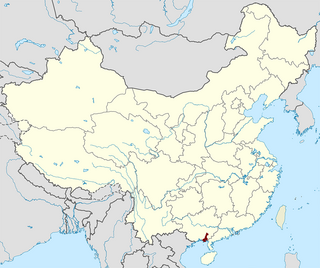
Lianzhou or Lian Prefecture was a zhou (prefecture) in imperial China in modern Guangxi, China. It existed (intermittently) from 634 to 1381. Between 742 and 758 it was known as Hepu Commandery.

Lianzhou or Lian Prefecture was a zhou (prefecture) in imperial China in modern northwestern Guangdong, China. It existed (intermittently) from 590 to 1912. Between mid-600s and 621 it was known as Xiping Commandery, and between 742 and 758 as Lianshan Commandery.

Henanfu or Henan Prefecture, also known as Luoyang, was a fu in imperial China in modern Henan, China, centering on modern Luoyang. It existed (intermittently) from 713 to 1913. During the Later Tang dynasty (923–937) it was the national capital. For most of the Tang dynasty it was known as the "Eastern Capital" (東都), and during the Northern Song dynasty (960–1127) it was known as the "Western Capital" (西京). From 1127 to 1234 the Jurchen conquerors named it Jinchang Prefecture (金昌府), also known as "Central Capital" (中京). For these reasons, Henan Prefecture was also colloquially called Luojing.
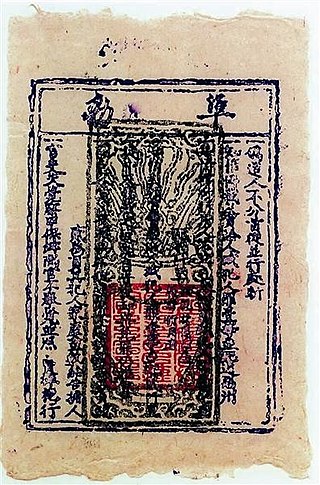
The guanzi, was a Song dynasty era form of paper money that served as promissory notes that could be traded for goods and services where the seller that received these notes could go to an issuing agency and redeem the note for strings of coins at a small exchange fee. They were originally introduced as a form of payment to the military at which time the notes were known as jianqian guanzi (見錢關子), and circulated alongside the contemporary jiaozi and huizi notes. After 1190 the records stop mentioning guanzi notes until 1264, an indication that jiaozi and huizi notes had superseded the guanzi in importance. From 1264 new guanzi notes were introduced such as the copper backed tongqian guanzi (銅錢關子), the silver backed yinguan (銀關), and the gold backed jinyin jianqian guanzi (金銀見錢關子), which were all introduced to combat the inflationary policy that had plagued the Huizi. The exchange rate between guanzi banknotes and copper cash coins was 1 guàn for 770 wén while huizi notes of the eighteenth production period were valued at 3 guàn for 1 wén. Despite these exchange rates the new guanzi banknotes did not stop the inflation that had plagued the Southern Song dynasty during its waning years. In the modern era not a single guanzi note survived regardless of the fact that many of them produced during the Southern Song era, in the modern era only the printing plates that were used to produce guanzi notes still exist and of the ten printing plates created by the Song government a total six are owned by the Administration Institute of Cultural Relics of Dongzhi County, two guanzi printing plates are in a private collection, and two of the printing plates have yet to be found.
Events from the year 1905 in China.

Fang Weigui is a Chinese comparative literature scholar, sinologist, and literary translator.
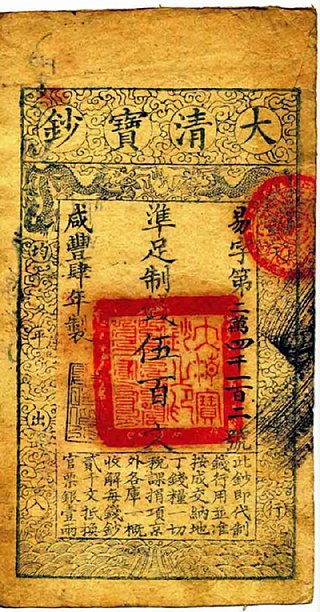
The Great Qing Treasure Note or Da-Qing Baochao refers to a series of Qing dynasty banknotes issued under the reign of the Xianfeng Emperor issued between the years 1853 and 1859. These banknotes were all denominated in wén and were usually introduced to the general market through the salaries of soldiers and government officials.
The Rise of Modern China is an English book on China studies written by Immanuel C. Y. Hsu. It is an influential textbook in the United States. The book covers the evolution of the Chinese history over the past 400 years, from the establishment of the Qing dynasty to the beginning of the 21st century.

Chang Feng-class destroyer was a class of Chinese destroyer bought from Germany during the naval reconstruction at the end of the Qing dynasty. However, the 1911 Revolution had already broken out before the ships were launched, and they were inherited by the Republic of China when the ships were completed.